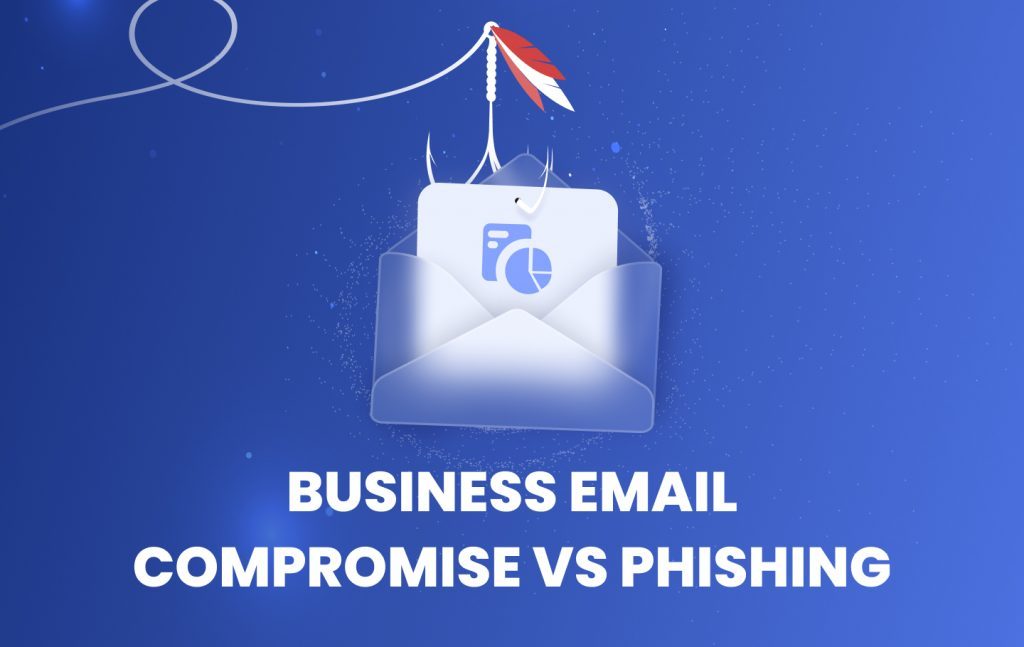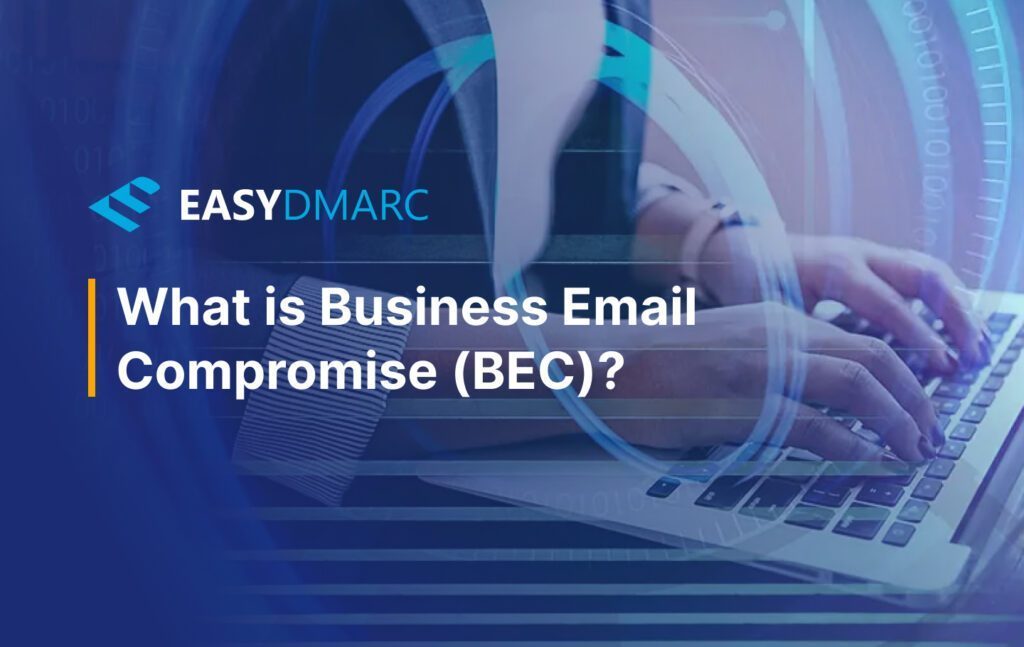What is Business Email Compromise
Business Email Compromise (BEC) is a type of cyberattack where criminals use fraudulent or spoofed emails to trick organizations into transferring money or sharing sensitive data. In most cases, attackers impersonate executives, vendors, or trusted partners to gain credibility and pressure employees into taking quick action.
The business email compromise definition highlights that these attacks rely on social engineering rather than malware, making them harder to detect. To defend against them, organizations often use tools like a Phishing link checker along with strong email authentication measures. Because of their financial and reputational impact, BEC has become one of the most costly forms of email fraud worldwide.





